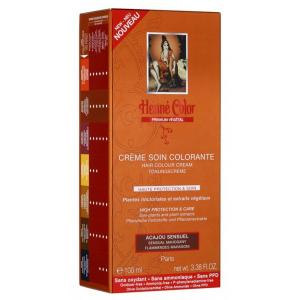Greater snake root (Persicaria bistorta)
Other names: snake root, snake root, greater snake root, snake root, snake root, brush, Bistorta major
Harm score: 1 (Natural substances)
The greater snake root (Persicaria bistorta), also known by the names greater snake root, greater snake root, greater snake root, snake root, brush snake root, or Bistorta major, belongs to the rdesna family and to the genus rdesna. This central European species is widespread, both in nature and popular in horticulture and medicine. It is a perennial, thorny, 30 to 80 cm tall plant. As the name suggests, it has a characteristic snake-like taproot. The leaves are ovate to lance-shaped, and the flowers are collected in showy pinkish spikes.
The uses of the greater snake root are quite varied. In medicine, its anti-inflammatory, astringent and healing properties are used. It contains, among other things, tannins, which promote bowel function and contribute to the treatment of diarrhea. It is also used in the treatment of inflammation of the respiratory tract, inflammation of the oral cavity and gums, as well as in the treatment of inflammatory diseases of the urinary tract. In cosmetics, the plant is used for its medicinal properties - for example, in lotions or toning creams. Its extracts are also a popular ingredient in some shampoos and conditioners for sensitive scalps. But the greater snake root is also an edible plant. Its young leaves are most commonly used as a food, and can be prepared similarly to spinach or added to soups and sauces. The roots can then be made into a coffee-like infusion.
Greater snake root (Persicaria bistorta) can be found in the following products

Tinting hair dressing with high protection and care Premium 100ml Copper
Product detail
Spray for detangling hair grapefruit and tea tree oil 125 ml
Product detail
Tinting hair dressing with high protection and care Premium 100ml Mahogany
Product detail
Toothbrush with gold and activated charcoal translucent - medium
Product detail
Toothbrush (soft) - 100% natural materials
Product detail